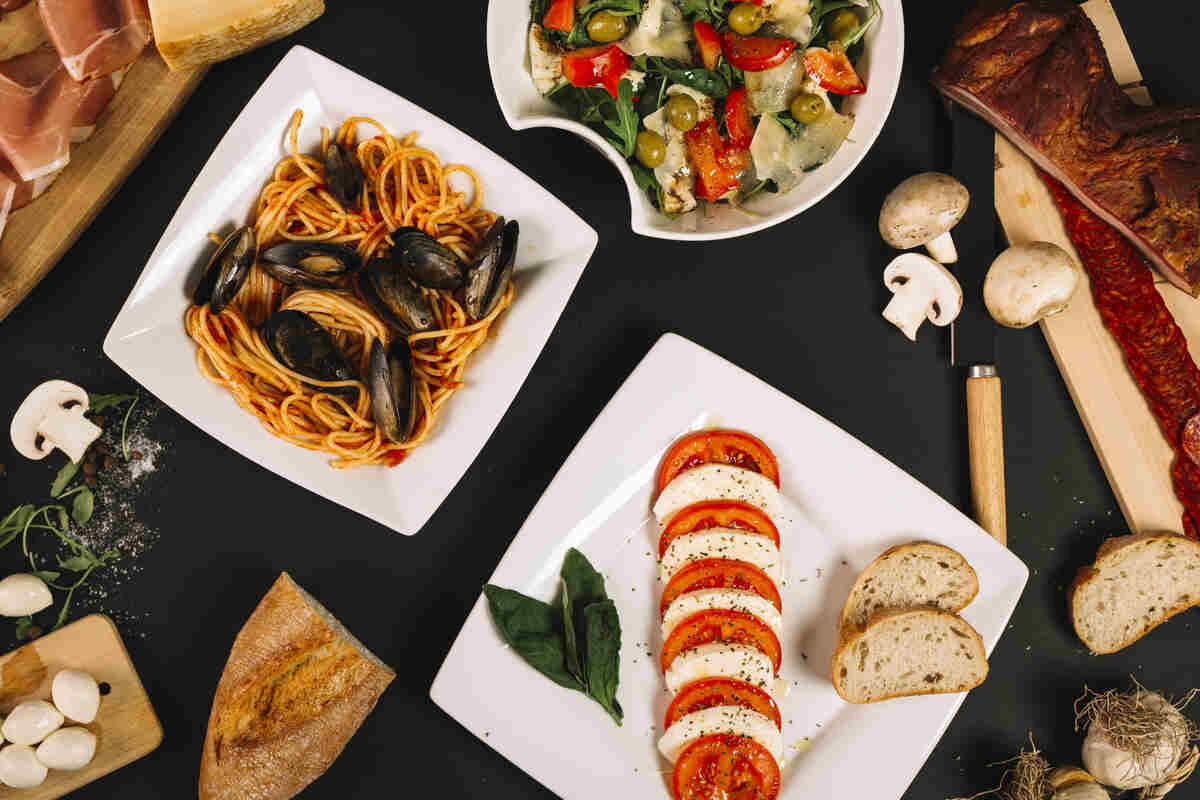Italy, a country renowned for its rich cultural heritage and breathtaking landscapes, is equally famous for its vibrant culinary scene. Food in Italian is a tapestry of flavors, traditions, and regional specialties that have captivated food lovers around the world. From the rolling hills of Tuscany to the sun-kissed coasts of Sicily, each region offers a unique gastronomic experience that reflects its history, climate, and local produce.
The Essence of Italian Cuisine
Italian cuisine is characterized by its simplicity, freshness, and emphasis on high-quality ingredients. It’s not uncommon for Food in Italian dishes to feature just a handful of ingredients, yet deliver an explosion of flavors. The cornerstone of Italian cooking is the use of fresh, seasonal produce, which ensures that every meal is bursting with taste and nutrition.
Key Ingredients
-
Olive Oil
Extra virgin olive oil is the backbone of Italian cooking, used in everything from dressings to sautéing.
-
Tomatoes
Whether fresh, canned, or turned into a rich sauce, tomatoes are indispensable in Italian cuisine.
-
Garlic
This aromatic ingredient adds depth and flavor to countless Food in Italian dishes.
-
Basil
Fresh basil leaves are often used to garnish and flavor dishes, especially in the summer.
-
Cheese
Italy produces some of the finest cheeses in the world, including Parmigiano-Reggiano, mozzarella, and gorgonzola.
Regional Specialties
Food in Italian cuisine is incredibly diverse, with each region boasting its own unique dishes and cooking styles.
Northern Italy
In the north, the cuisine is heavily influenced by the cooler climate and mountainous terrain. Here, you’ll find rich and hearty dishes like risotto, polenta, and a variety of meats and cheeses.
- Risotto alla Milanese: A creamy rice dish flavored with saffron, typical of Milan.
- Bistecca alla Fiorentina: A massive T-bone steak, traditionally served rare, from Florence.
Central Italy
Central Italy, including Tuscany and Umbria, is known for its rustic and earthy flavors. This region is famous for its olive oil, truffles, and cured meats.
- Ribollita: A hearty Tuscan soup made with bread, beans, and vegetables.
- Porchetta: A savory, fatty, and moist boneless pork roast, seasoned with garlic and herbs.
Southern Italy
The south of Italy, including regions like Campania and Sicily, offers bold and vibrant flavors, heavily featuring tomatoes, olives, and seafood.
- Pizza Napoletana: The original pizza from Naples, known for its thin crust and simple toppings.
- Pasta alla Norma: A Sicilian pasta dish made with eggplant, tomatoes, ricotta salata, and basil.
Italian Food Culture
Food in Italian culture is not just about the dishes themselves but also about the experience of eating. Meals are a time for family and friends to gather, share stories, and enjoy each other’s company. Italians take great pride in their food and view cooking as an art form. Meals are often leisurely, multi-course affairs that can last for hours.
Traditional Meal Structure
- Antipasto: The appetizer course, which may include cured meats, cheeses, olives, and marinated vegetables.
- Primo: The first course, typically a pasta, risotto, or soup.
- Secondo: The main course, usually consisting of meat or fish.
- Contorno: Side dishes, often vegetables or salad, served alongside the secondo.
- Dolce: Dessert, which can range from pastries to gelato.
- Caffè: A strong espresso to finish the meal.
The Influence of Food in Italian Worldwide
Italian cuisine has had a profound influence on global eating habits. Dishes like pizza and pasta have become international staples, and Italian restaurants can be found in almost every corner of the world. The principles of Italian cooking—simplicity, freshness, and quality ingredients—have also inspired many chefs and home cooks to adopt a more straightforward and ingredient-focused approach to their cooking.
Conclusion
Food in Italian is more than just a collection of recipes; it is a reflection of the country’s history, culture, and passion for life. Whether you’re enjoying a simple Margherita pizza or a luxurious truffle risotto, each bite of Italian food tells a story and offers a taste of the country’s rich culinary heritage. So, next time you sit down to an Italian meal, take a moment to savor the flavors and appreciate the traditions that make this cuisine so special. Buon appetito!
